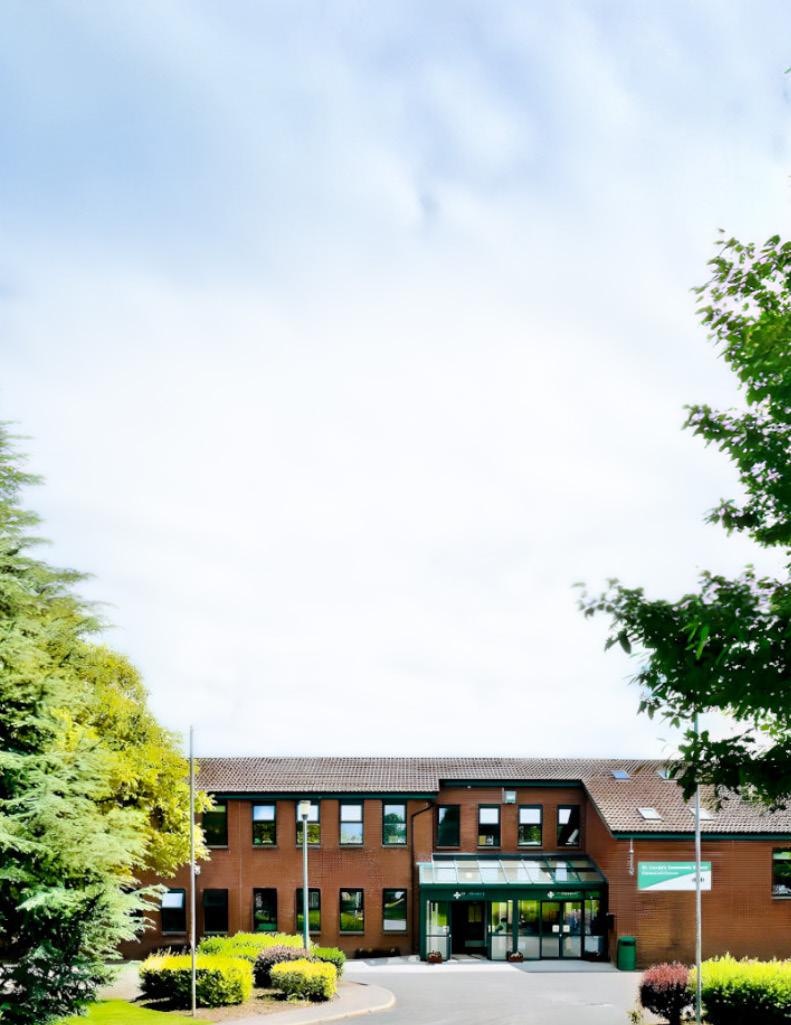ST CIARÁN’S COMMUNIT Y SCHOOL
OMNES VIRTUTEM SEQUENTES
JUNIOR CYCLE | Option Subject Handbook










JUNIOR CYCLE | Option Subject Handbook









Our curriculum is thoughtfully designed to offer a broad and balanced educational experience. As a new student, you will engage with all of our core subjects: English, Irish, Mathematics, History, Geography, Religious Education, C.S.P.E., and Digital Media Literacy. These subjects provide a strong foundation across critical areas of knowledge and skill development that are essential for your overall growth.
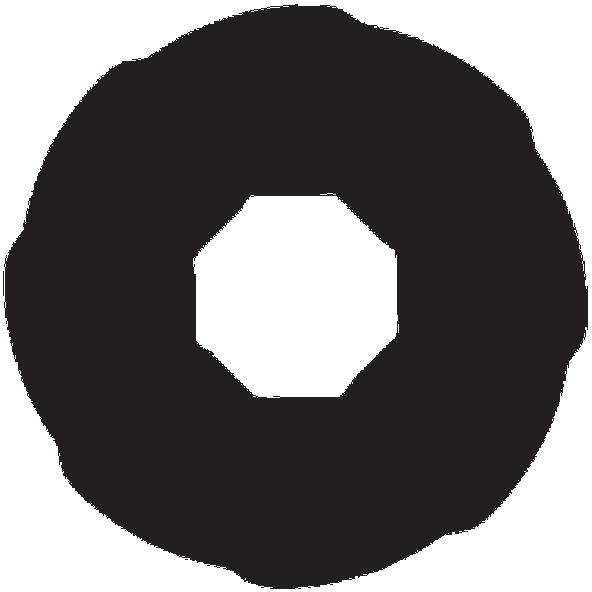
In addition to these core subjects, you have the opportunity to personalise your learning path by selecting three option subjects. Our optional subjects include Art, Engineering, German, French, Home
Economics, Business Studies, Graphics, Science, Music and Wood Technology. These subjects allow you to explore areas of personal interest or potential career paths, giving you the chance to deepen your learning in specific domains.
Remember, selecting subjects is not just about today; it's about opening doors for tomorrow. Think about what you enjoy, where your talents lie, and how these choices can contribute to your future goals.
We're here to guide you through the choices below, ensuring a fulfilling and enriching educational experience at our school.
In the full subjects, students will sit a Terminal Exam at the end of their 3rd year. There will only be one paper per subject and these will range from 1 hour and 30 minutes to 2 hours. Only English, Mathematics & Irish will be offered at both Higher and Ordinary level, all other subjects are studied at Common level. The majority of these exams will make up 90% of the total marks (in practical subjects the weighting for exams varies). There will be no Foundation Level exams.
Percentage
Grade Descriptor
>90 to 100 Distinction
>75 and <90 Higher Merit
>55 and <75 Merit
>40 and <55 Achieved
>20 and <40 Partially Achieved
>0 and <20 Not Graded
Classroom-Based Assessments are short projects completed in the 2nd and 3rd year where students can demonstrate their learning and skills in ways not possible in examinations. CBAs take place in the classroom when all other students are present. Students can decide on the topic of their CBAs with the help of their teachers and are given three weeks to complete them. The CBAs are then graded by the subject teachers at a common level. In Practical classes, the second CBA may take the form of a piece of practical work, and this will be marked by the State Examinations Commission in the normal way.
Classroom-based Assessment Descriptors
Exceptional
Above Expectations
In line with Expectations
Yet to meet Expectations
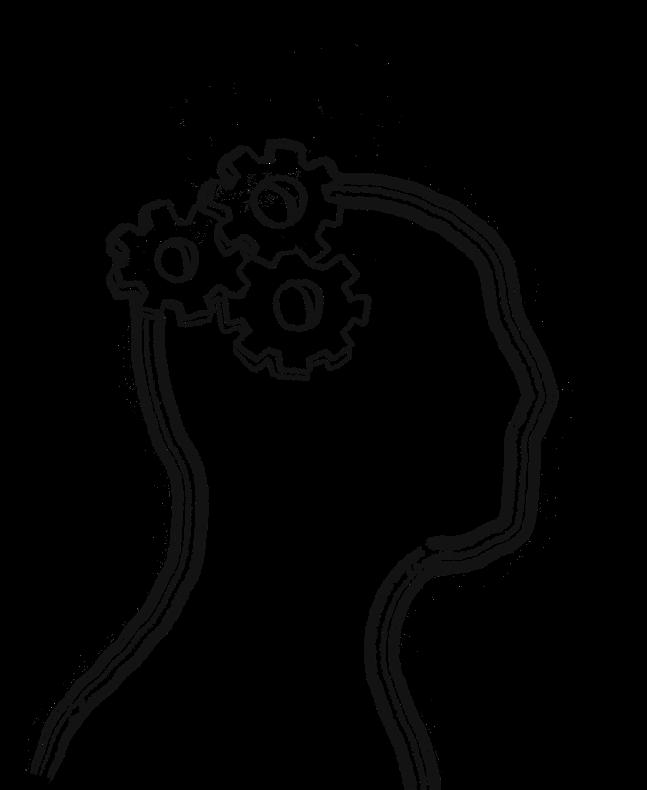
Formative Assessment happens in most classes. It’s a very useful way for your teacher to assess your work on an ongoing basis. The best way you can prepare for formative assessment is to have a good homework and study routine and to always do your best!
The best way to improve ongoing assessment is to learn from your teacher’s advice and feedback. For example, one teacher might advise you on ways to write better sentences, another teacher might ask you to learn specific facts.
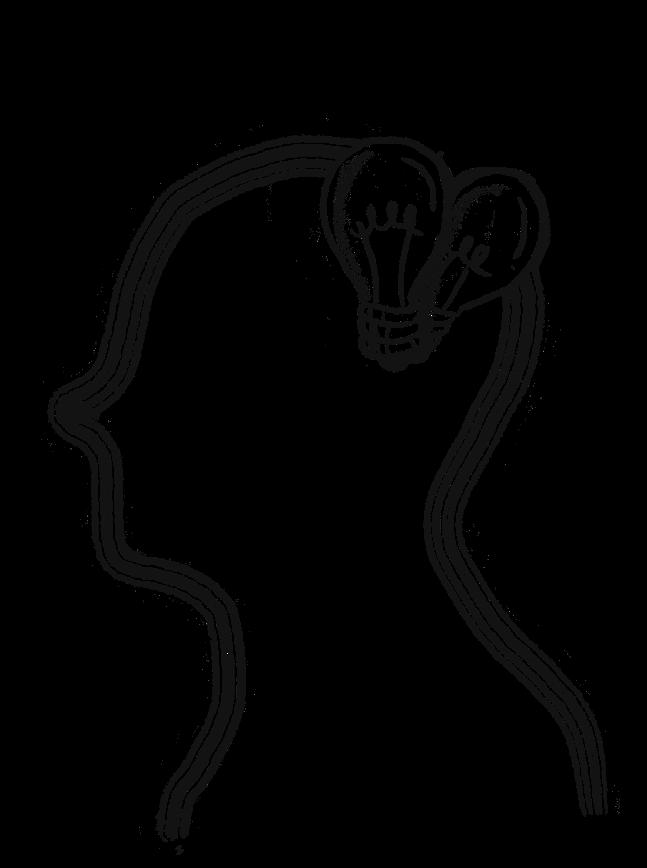
Summative Assessment is more formal and happens at the end of your Junior Cycle. It takes two forms. One is the external exam marked by the State Examinations Commission. The other is the Classroom Based Assessment (CBA), which we will learn about on the next page.
The best way to achieve is to make clear goals, and have a good study and homework plan. This will be explored further in the second section of the Junior Cycle module.


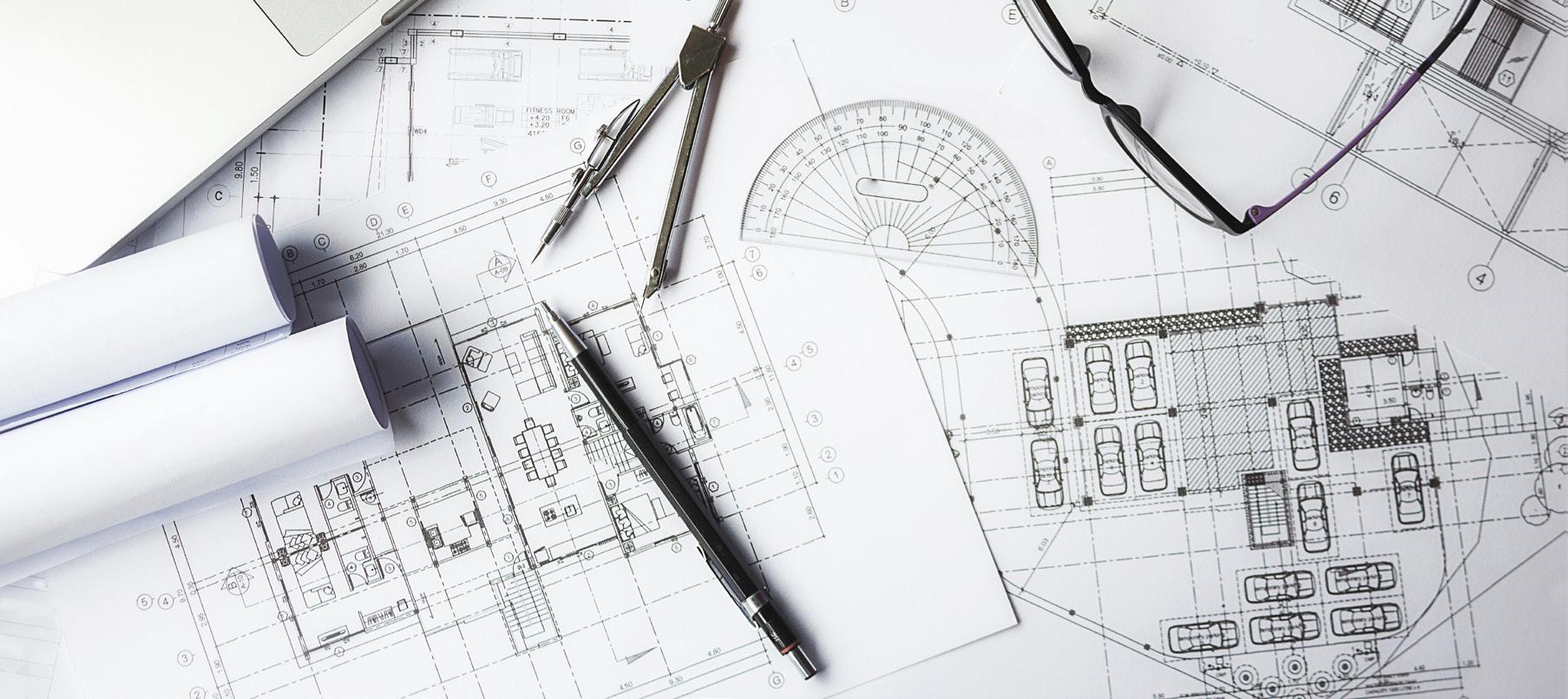
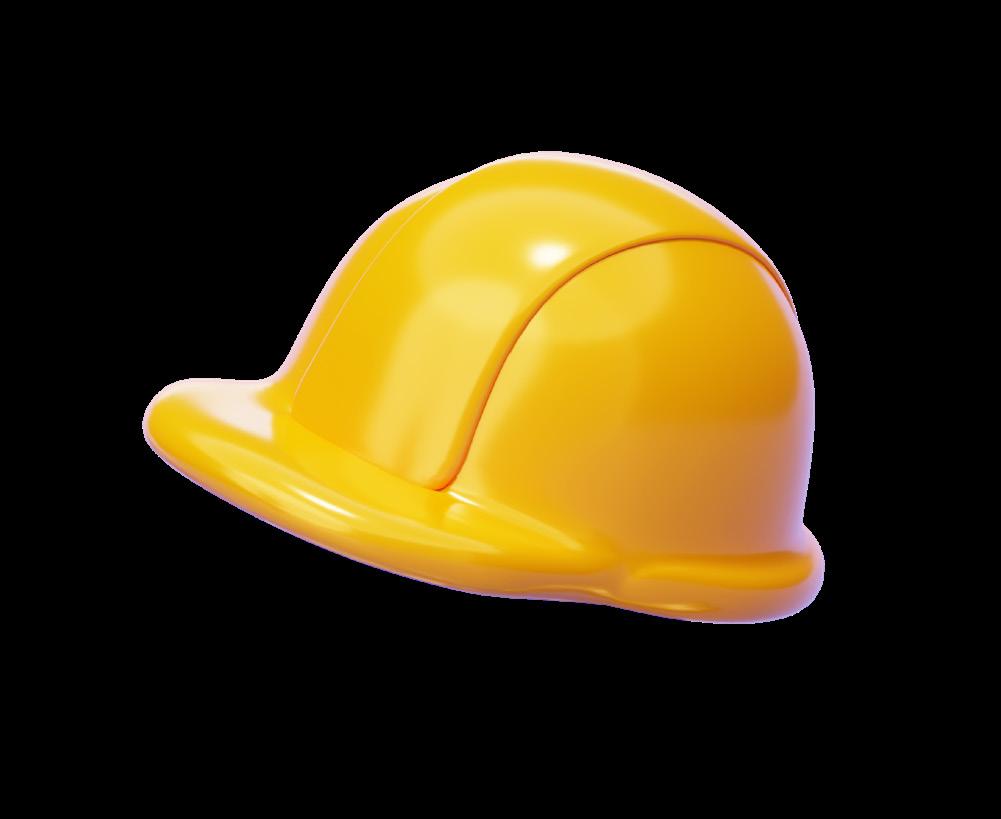
while developing the necessary subject knowledge with the disciplinary skills to engineer products.
How will Engineering be useful to me?
Throughout each of the strands, the use of four elements: Engineering knowledge and awareness, Innovation and exploration, Developing and manufacturing and Communicating creates a framework for learning that ensures a coherent learning experience for the students.
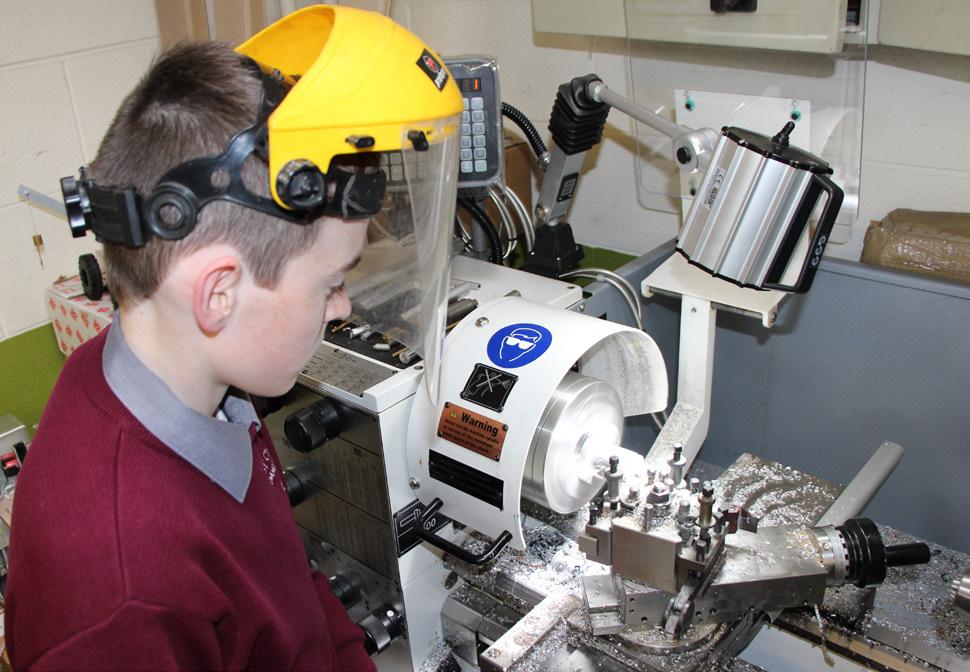
The Junior Cycle Engineering Specification consists of three strands:
Processes and Principles
Final Exam
Design Application
• 1 hour and 30-minute paper
• Taken at Common level
• Worth 30% of overall grade
• CBA 1 - Engineering in Action
Mechatronics
Classroom-Based Assessments
• CBA 2 - Research and Development
• Students complete a project set by the SEC after CBA 2 in 3rd Year. Worth 70% of overall grade

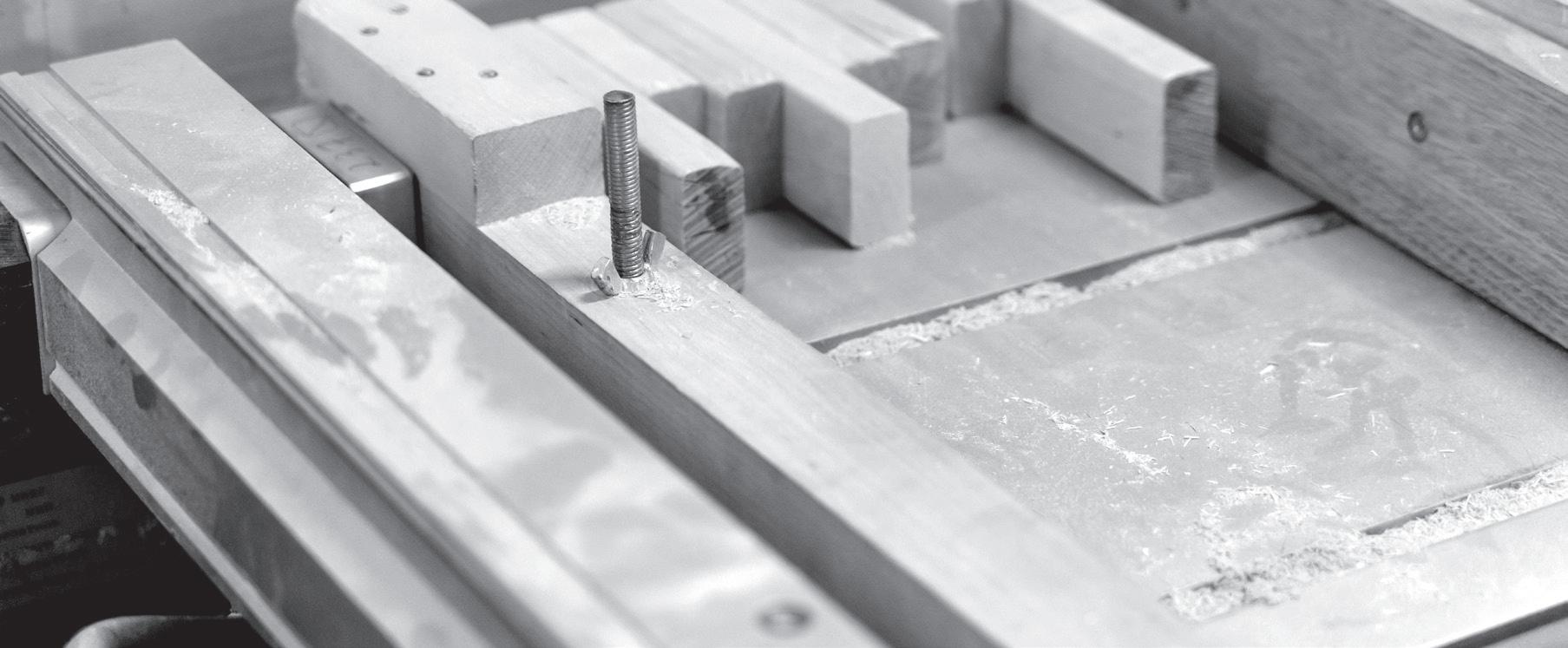
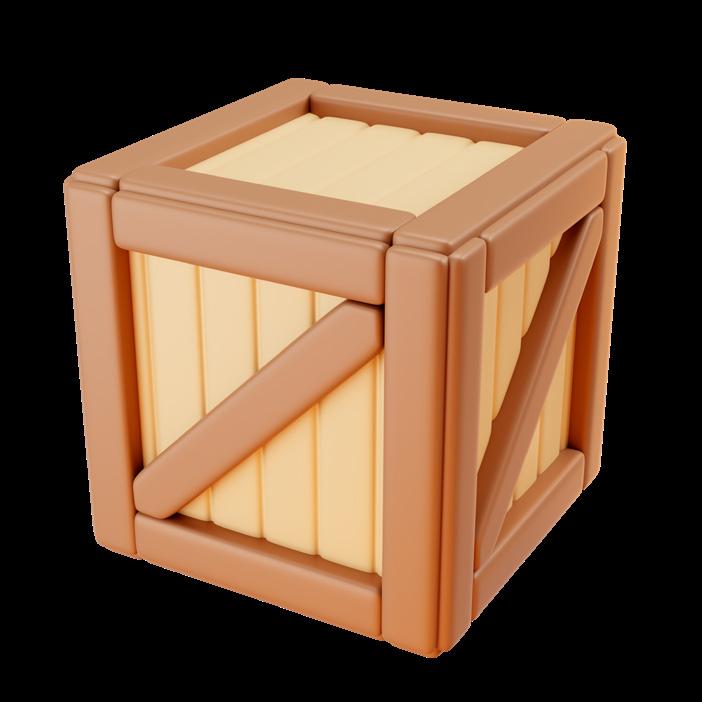
Materials Technology Wood (MTW) is one of the technology subjects offered at Junior Cycle. In MTW you will learn to design small projects and the skills required to use tools and equipment to make your designs. You will work mainly with wood but also with other materials. You will learn about wood as a material and how it is produced.
Students can learn many practical skills that can prove useful for later in life. They will learn the correct procedures to follow when developing an idea into a finished artefact e.g. a piece of furniture or a child’s toy etc.
They will be able to identify different trees, recognise their importance to us and our environment and they will learn some of the skills to make objects from wood and know how to apply appropriate finishes to them, e.g. paint, varnish, stain or polish.
Four elements are used throughout each strand, these are: Planning and managing, Communicating, Creating and Environment and Sustainability.
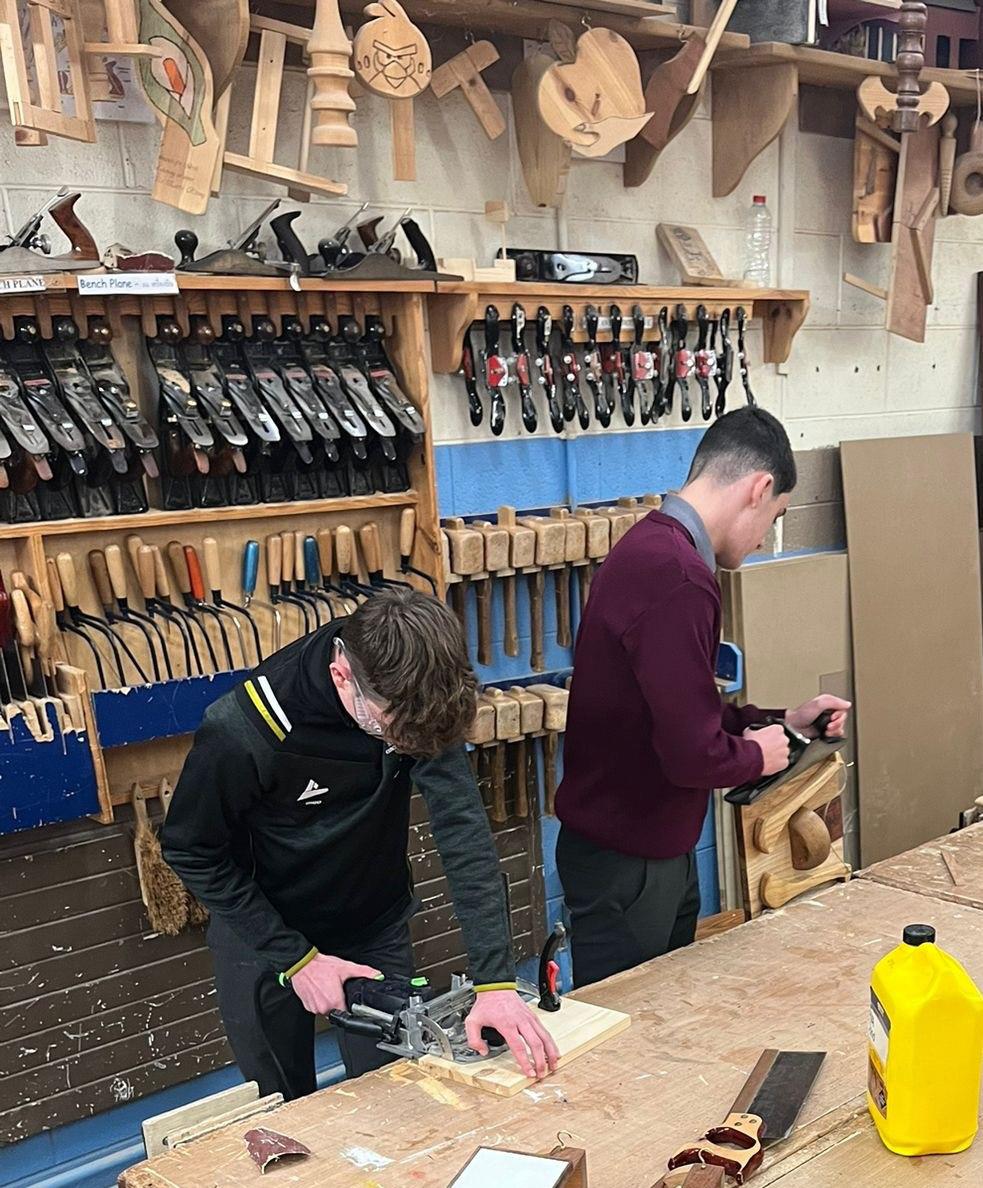
The Junior Cycle Wood Technology Specification consists of three strands:
• 1 hour and 30 minute paper
Final Exam
Classroom-Based Assessments
• Taken at Common level worth 30% of overall grade
• CBA 1 - Wood Science in Our Environment CBA 2 - Student SelfAnalysis and Evaluation
• Students complete a project set by the SEC after CBA 2 in 3rd Year worth 70% of overall grade

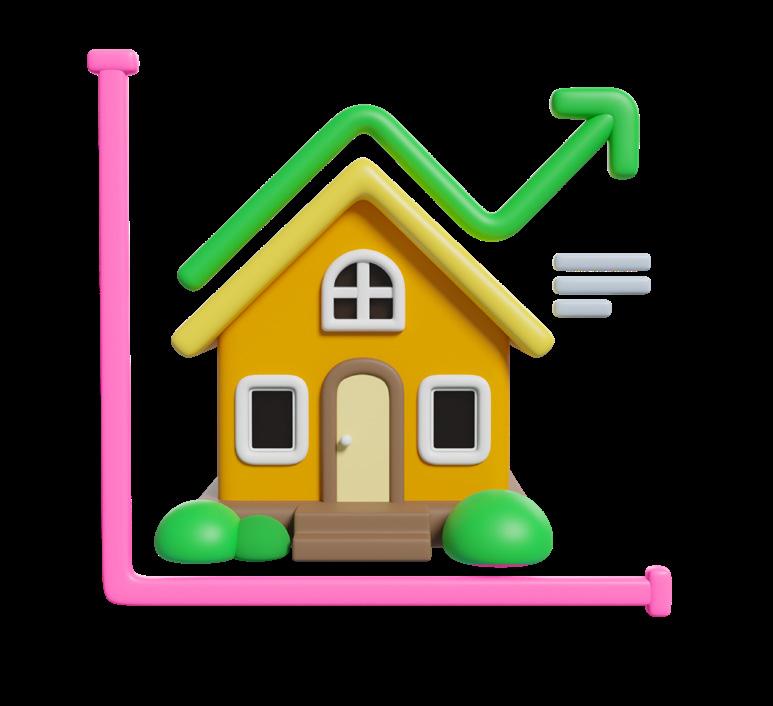
Home Economics is a subject where you will learn how to take care of yourself, others, your home and your environment. As Home Economics is a very practical subject, you will carry out a lot of activities in school and at home.
In Home Economics, students learn how to address these practical, real world, perennial problems of individuals, families, households and society in socially responsible ways. Practical perennial problems or concerns are endured from generation to generation by families and require critical decision-making skills to resolve them. Home Economics education uses a systems approach to empower individuals and families with the knowledge and skills to address these real-life concerns of everyday living.
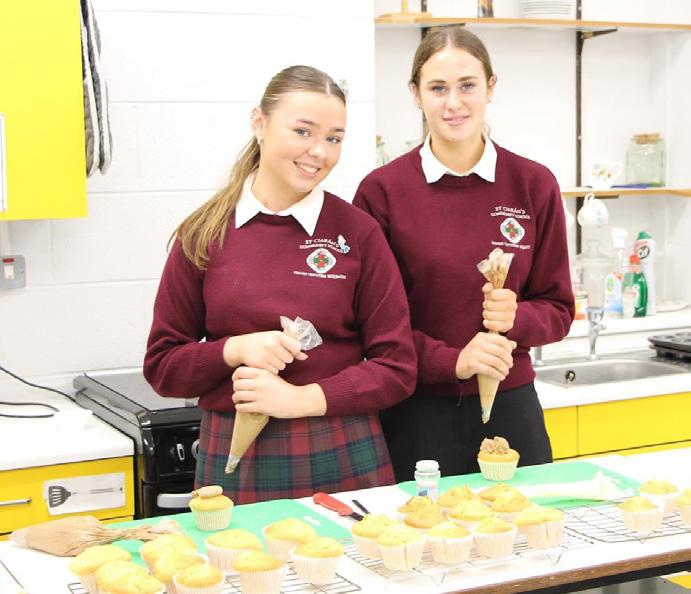
The Junior Cycle Home Economics Specification consists of three strands: Food, Health and Culinary Skills
Responsible Family Living
Textiles and Craft
Final Exam
Classroom-Based Assessments
Course & Assessment Information
• 1 hour and 30-minute paper
• Taken at Common level
• Worth 50% of overall grade
• CBA 1 - Creative Textiles
• CBA 2 - Food Literacy Skills Brief
• Students complete a practical food skills examination based on a chosen brief. Worth 50% of overall grade


We come across science in everyday things in the world around us, both living and nonliving. Studying Science in school can help you to understand the importance of science in our lives and in the environment. By the end of Junior Cycle, you will be able to appreciate how scientists work and how scientific ideas are modified over time.
Many of the skills you learn while studying science such as problem solving, and investigation skills are very useful outside of school and will be of use to you in whatever job you choose to do. In third level, there are many different types of science courses on offer and many different careers open to science students. These include such occupations as: pharmacist, radiographer, doctor, dentist, technician, psychologist, astronomer, teacher, vet and researcher.
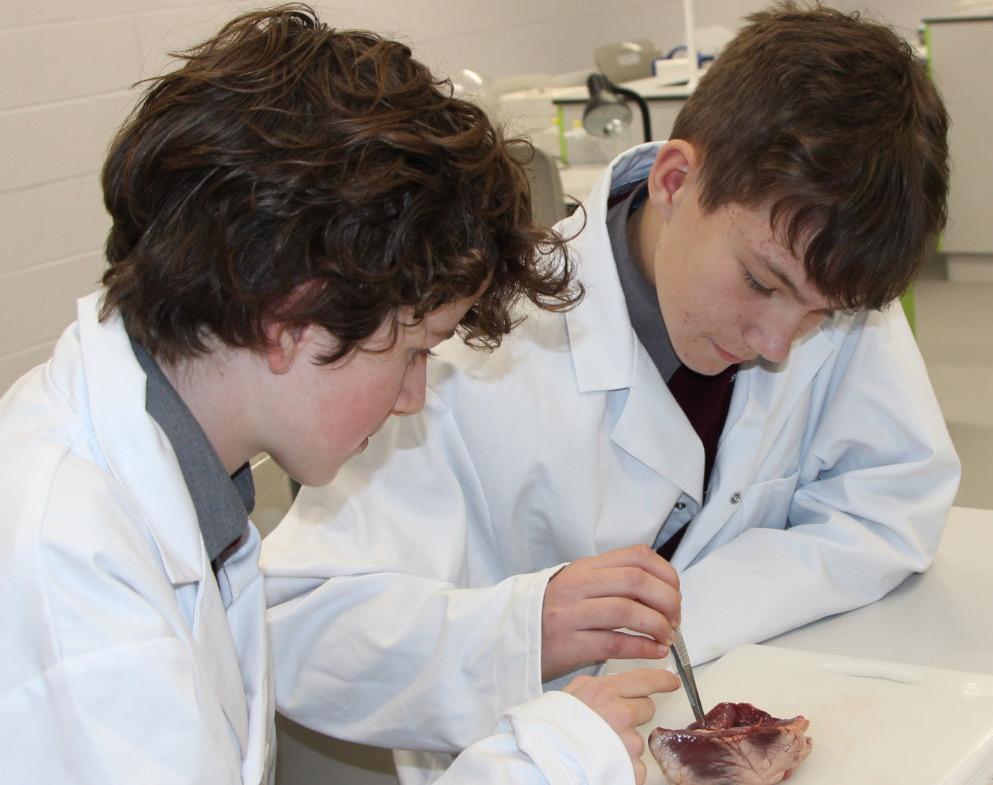
The Junior Cycle Science Specification consists of five strands:
Final Exam
• One 2-hour paper
• Taken at Common level
• Worth 90% of overall grade
• CBA 1 - Extended Experimental Investigation
Classroom-Based Assessments
• CBA 2 - Science in Society Investigation
• Students complete a specified written reflection task which is sent to the State Examinations Commission for marking worth 10%
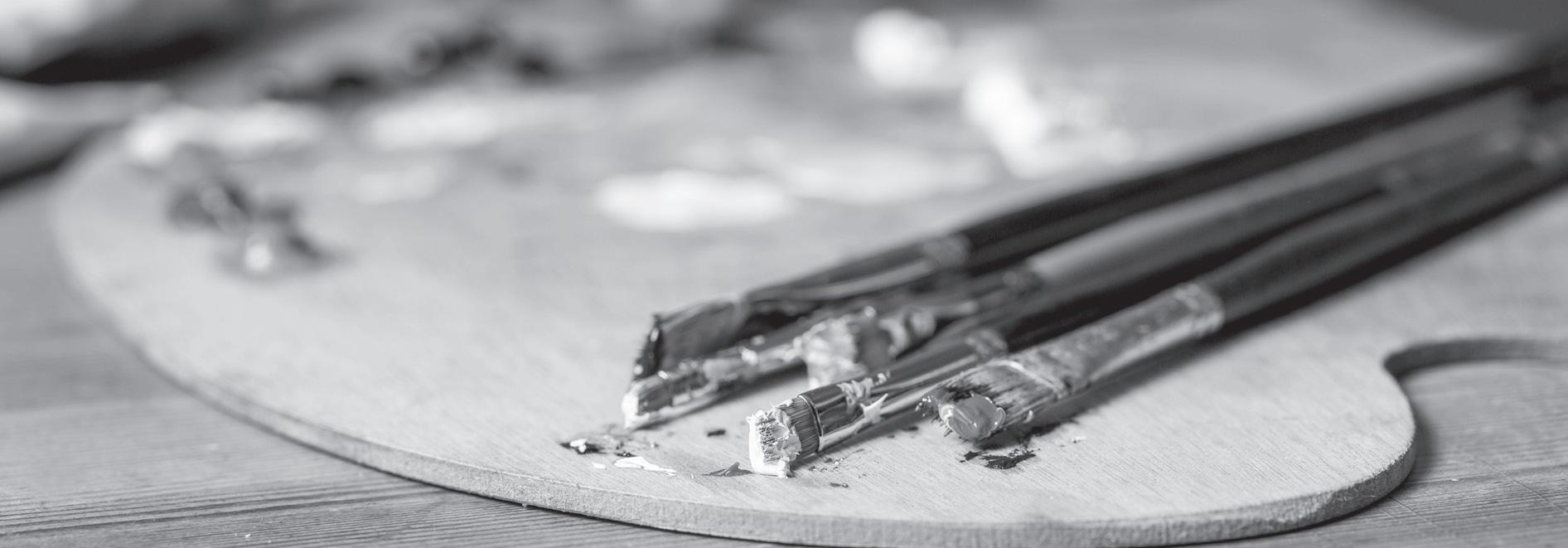
Visual Art is a subject that promotes teaching and learning through art, craft and design. For adolescents and young adults, this involves becoming familiar with and applying the elements of art and principles of design, and the knowledge and skills associated with the processes, their histories and their contemporary practices. Visual Art also recognises and rewards a number of different forms of intelligence, including emotional intelligence; it develops personal qualities of expression and empathy.
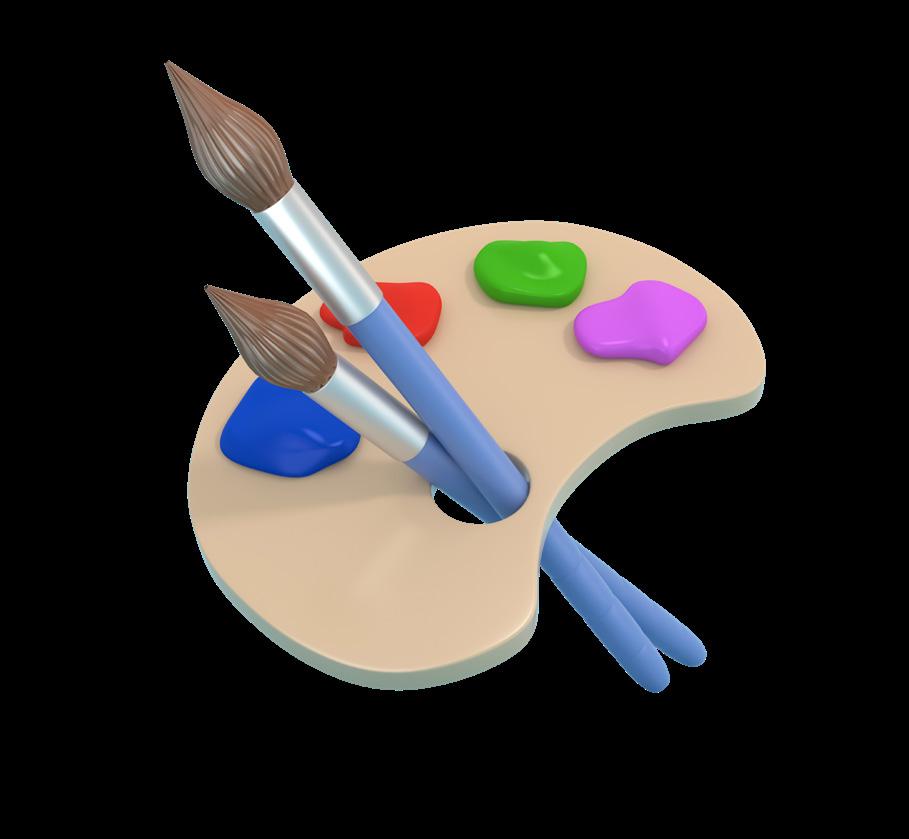
How will Visual Art be useful to me?
Students of Visual Art will develop transversal skills, such as creativity, collaboration, ability to question, riskassessment, problem identification, problem-solving and management of their own emotions; skills that form a natural learning mechanism that can enhance their own development. Students learn how best to use traditional and contemporary technologies for both creative and operational purposes. All these skills and dispositions are key to future learning in senior cycle, higher education, and in the work world.

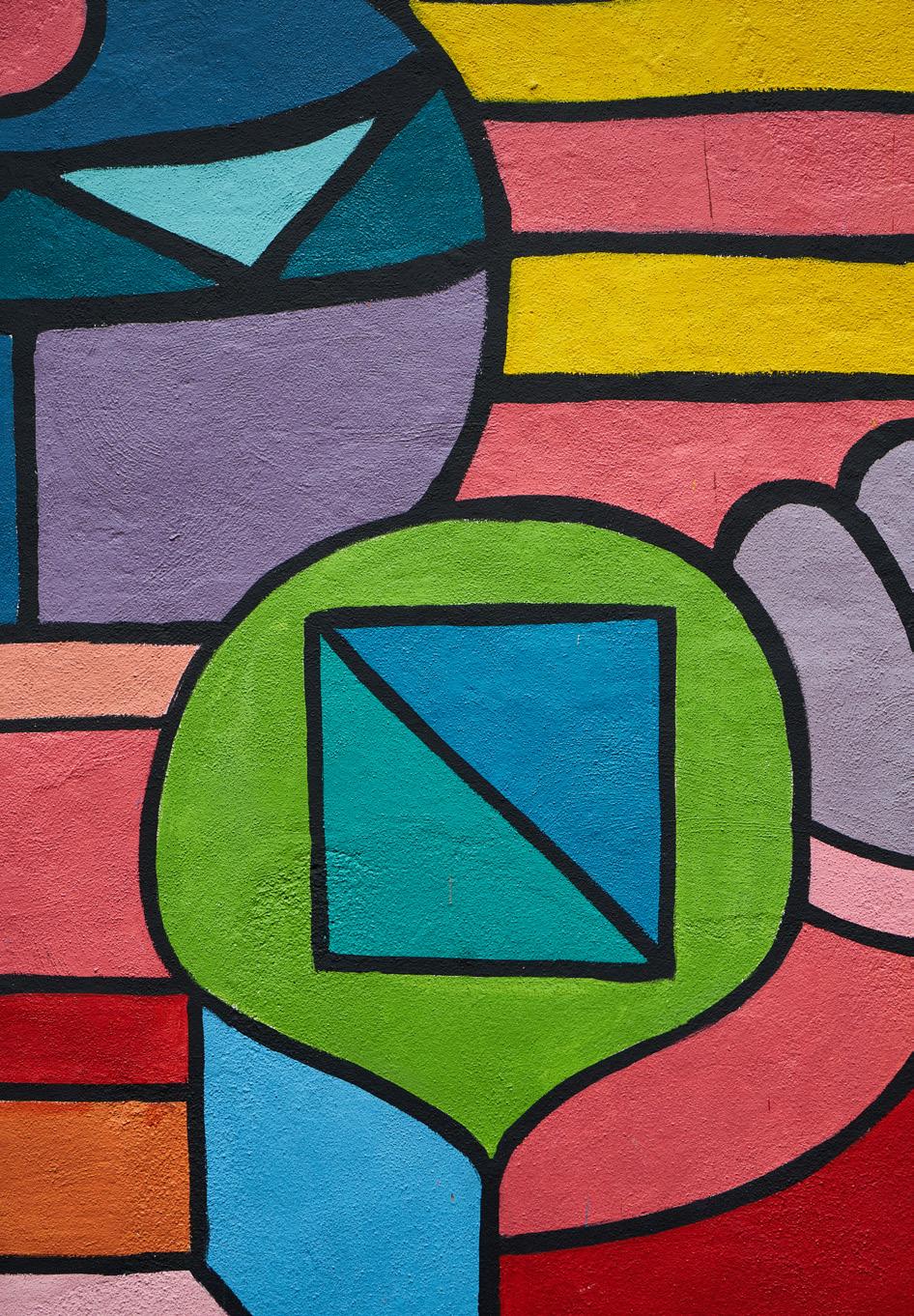
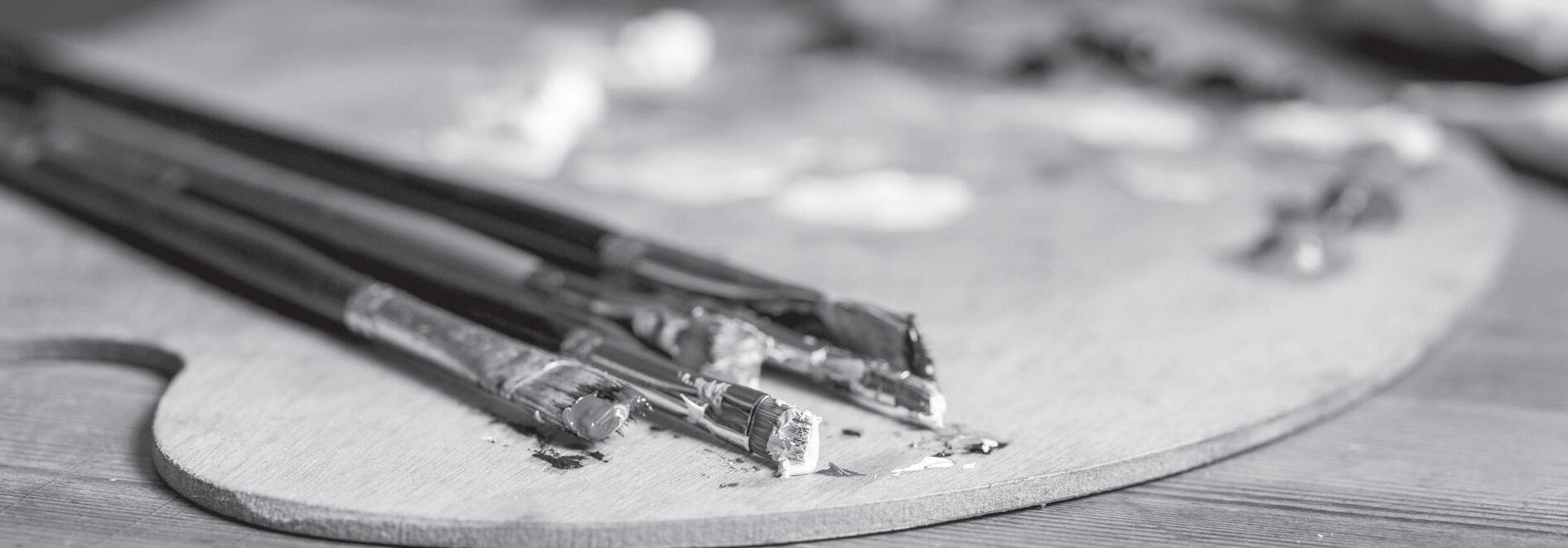
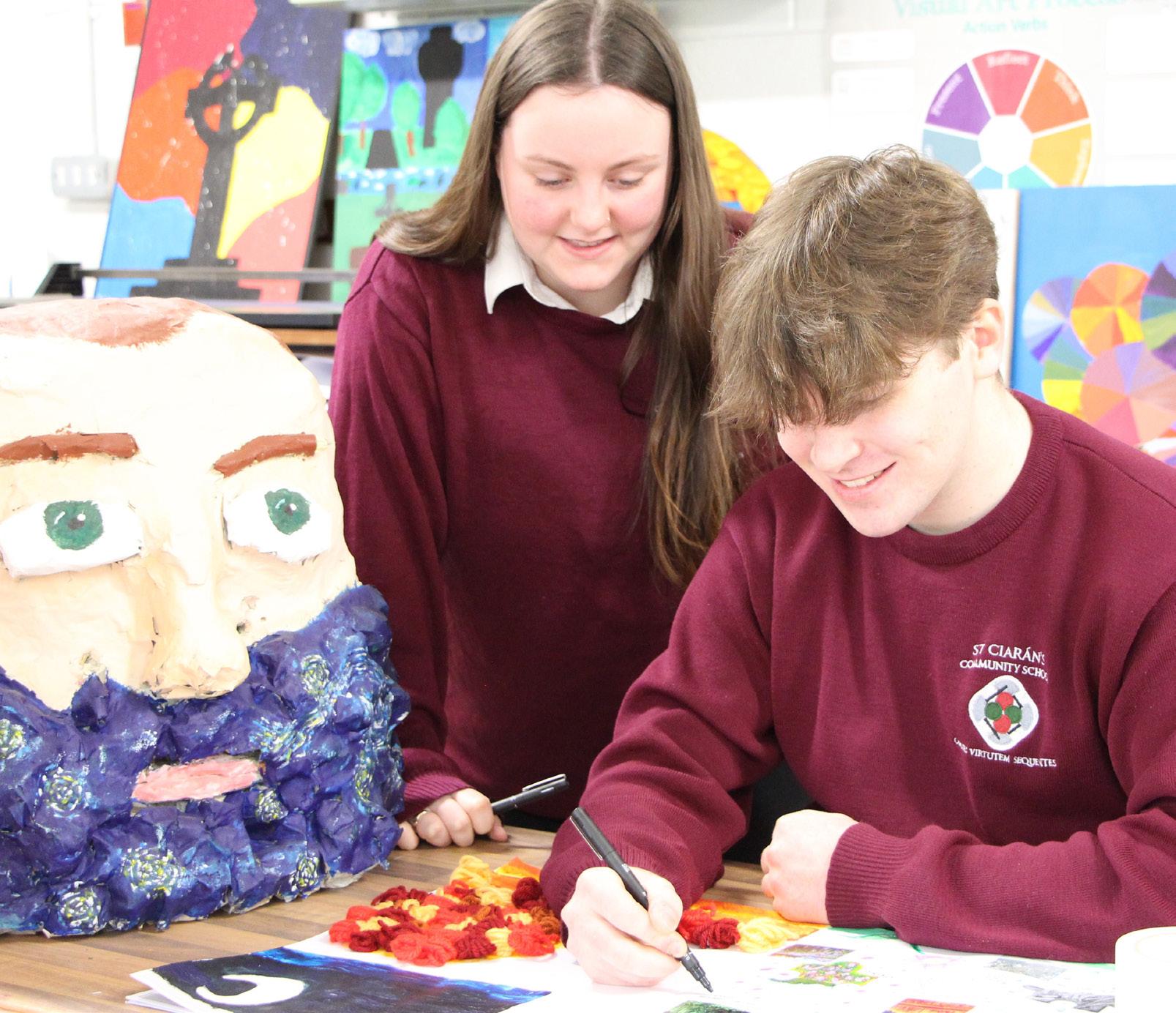
Final Exam
Classroom-Based Assessments
• There is no final drawing examination for Visual Art
• CBA 1 - From Process to Realisation
• CBA 2 - Communicate and Reflect
• Students reflect on feedback received after CBA 2 and significantly develop their ideas to create two artefacts. These are then sent to the SEC for marking. Worth 100% of overall grade
SUBJECT NAME:
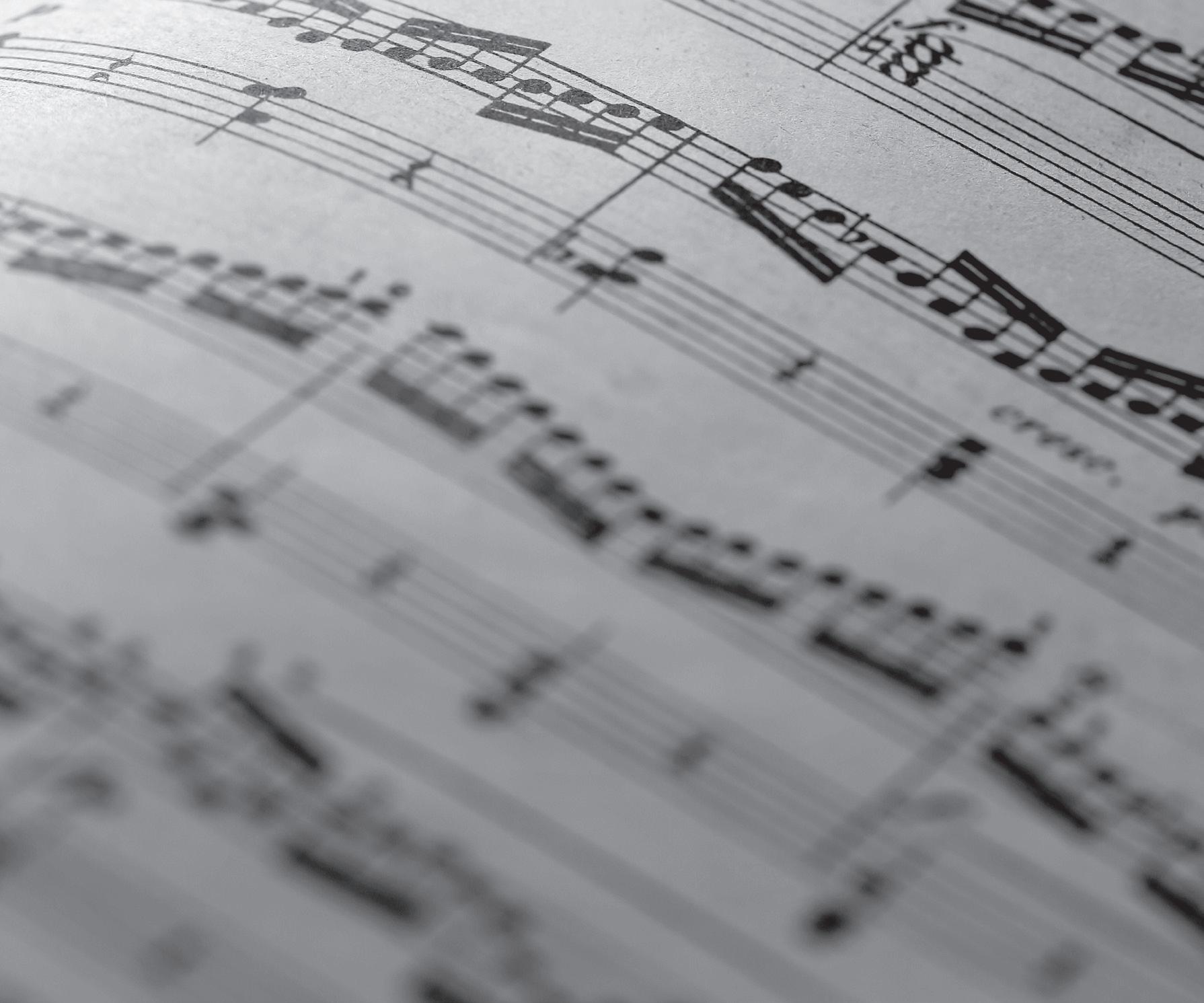
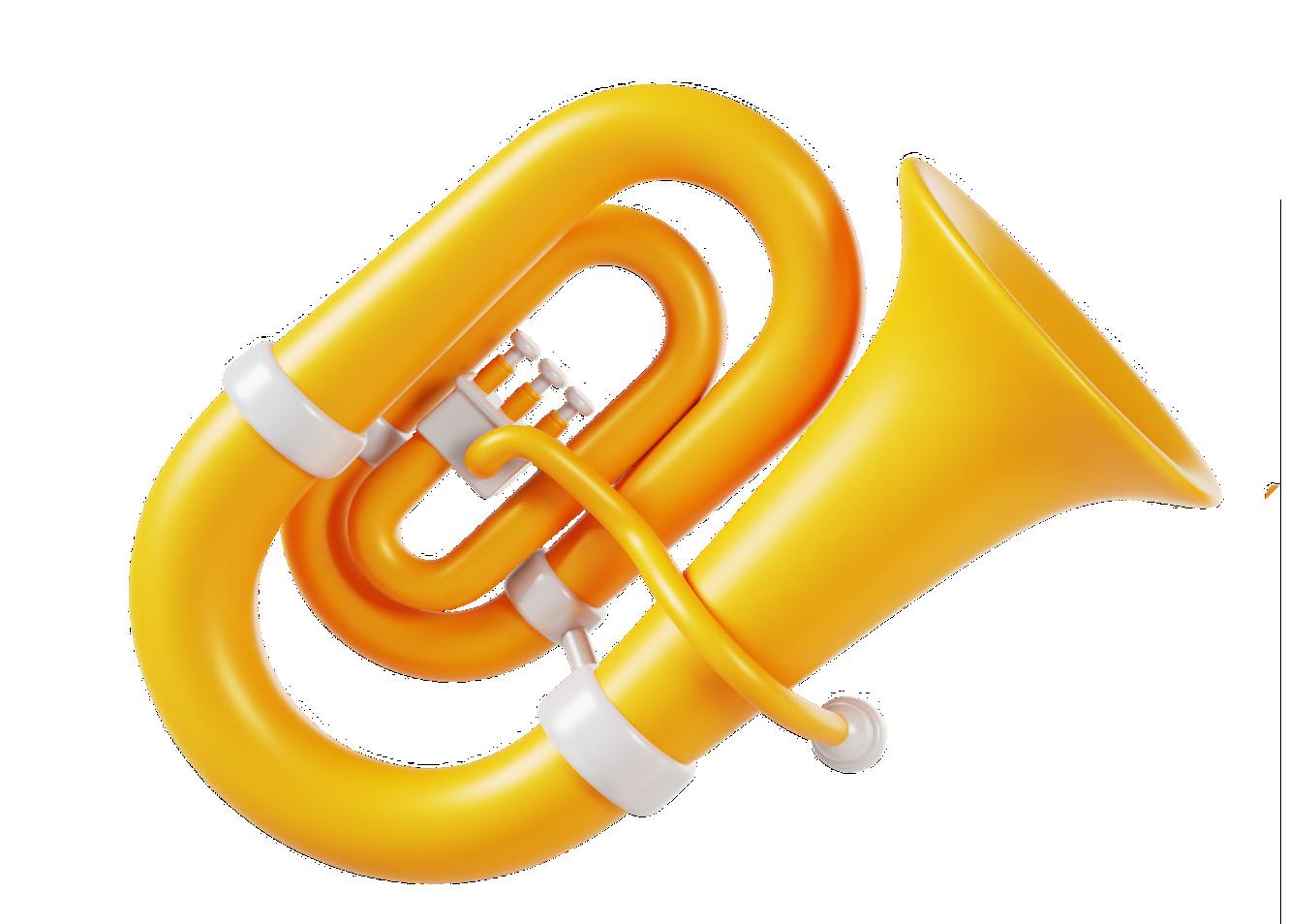
Music is an important part of everyone’s life. In Junior Cycle Music, you will sing and possibly learn how to play an instrument. You will listen to many types of music such as pop, classical and traditional Irish music. You will also start composing.
Music plays an important part in many people’s lives. Most of us will take pleasure in listening to music and many people will enjoy singing or playing an instrument throughout their lives. Some people may even decide to take up a career in music in areas such as education (teacher, lecturer), business (sound engineer, lyricist, reviewer, therapist) and performance (composer, performer, conductor).
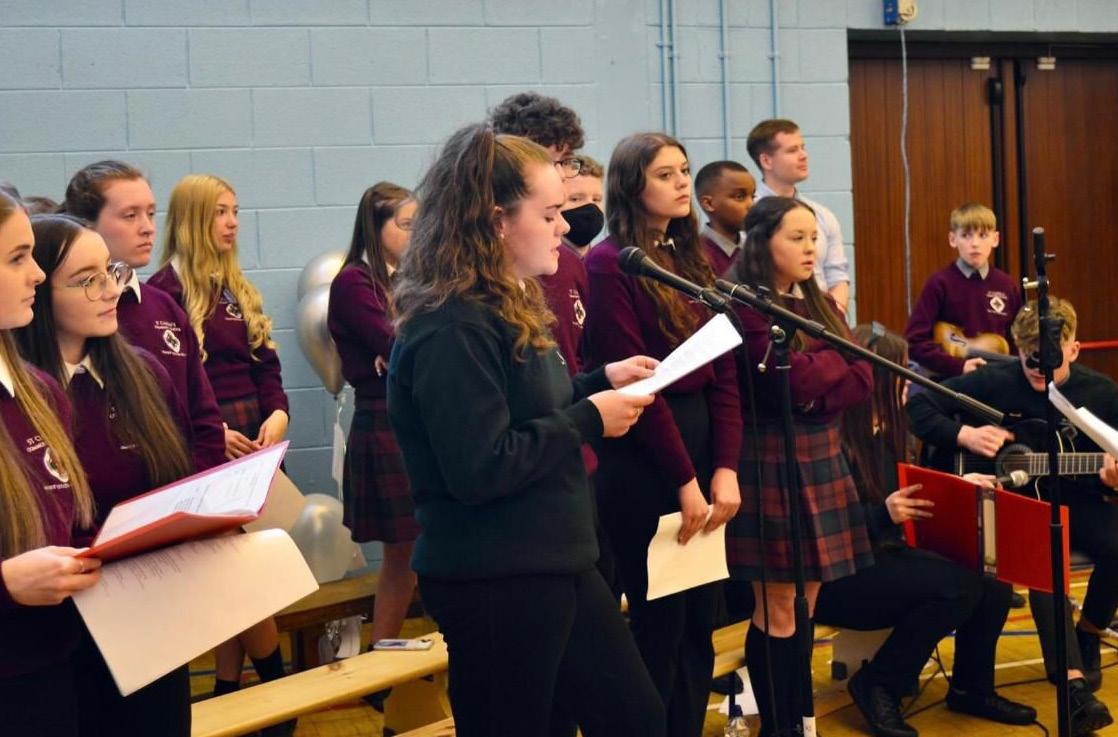
The Junior Cycle Music Specification consists of three strands:
Final Exam
• 1 hour and 30-minute Written Paper
• Taken at Common level
• Worth 70% of overall grade
• CBA 1 – Composition Portfolio
Classroom-Based Assessments
• CBA 2 – Programme Note
• Students complete a practical examination made up of three solo and /or group songs/pieces. Worth 30% of overall grade
SUBJECT NAME:
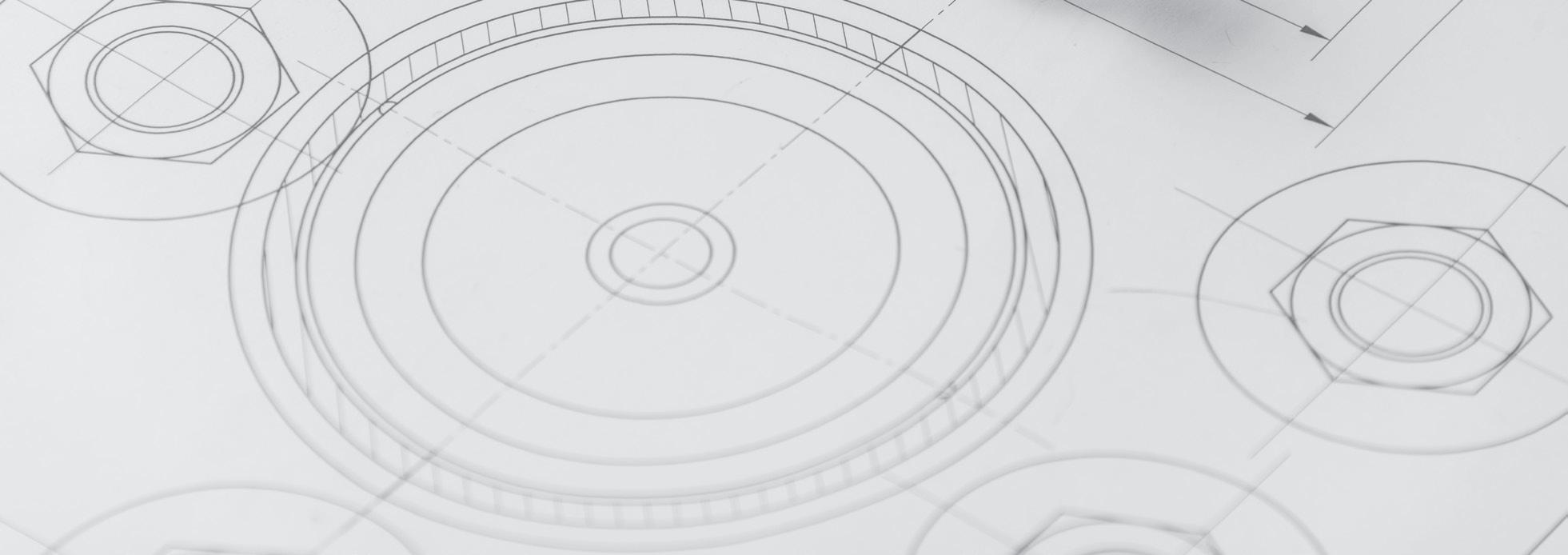
Graphics is recognised as the underpinning language of the technology disciplines and is transferable across a wide range of subjects such as mathematics, science and art. Students will use a variety of media to communicate their ideas and designs through this unique language. Throughout the course, students will explore the geometric world to gain an appreciation of the importance of graphics in the world around them. They will develop cognitive and practical skills such as graphical ommunication, spatial visualisation, creative problem-solving, design capabilities and modelling, both physically and through the use of computer-aided design.
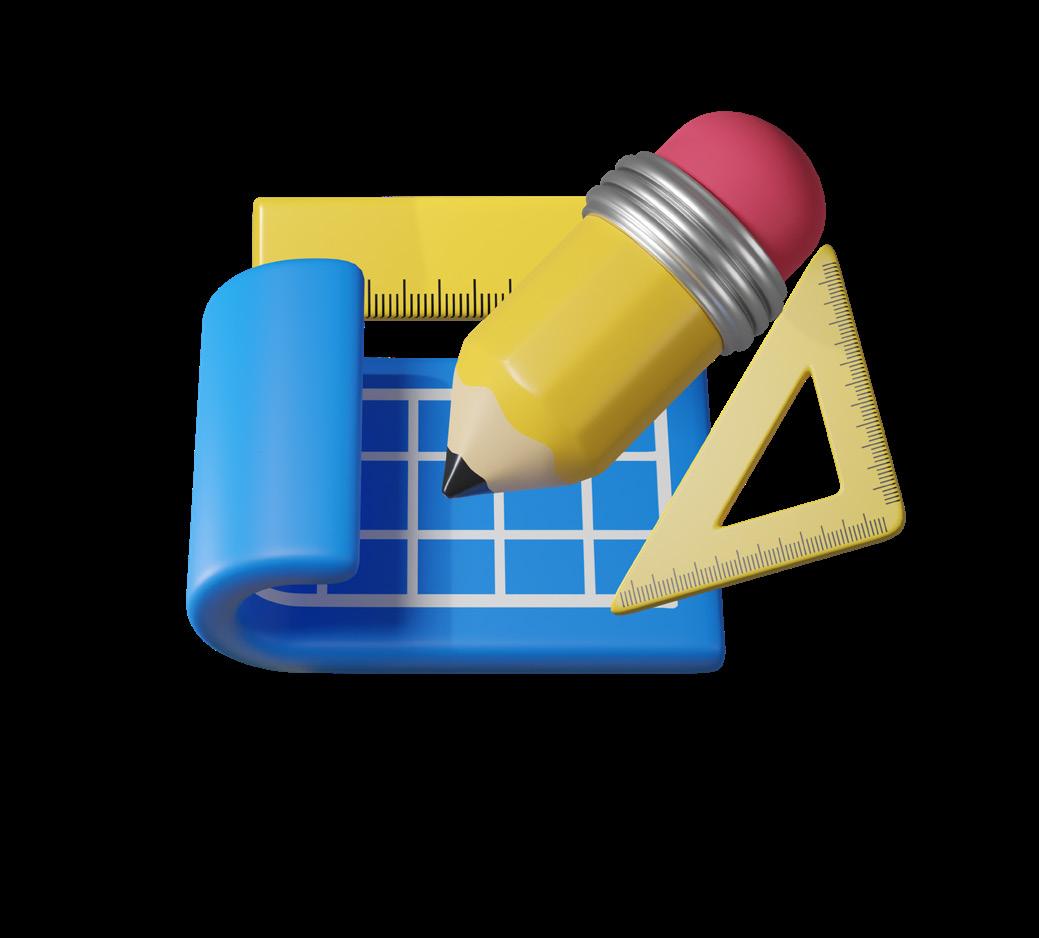
How will Graphics be useful to me?
The study of Graphics develops a student’s creativity, spatial ability, and capacity to reason and communicate ideas through engagement with abstract and applied geometric problem-solving activities.
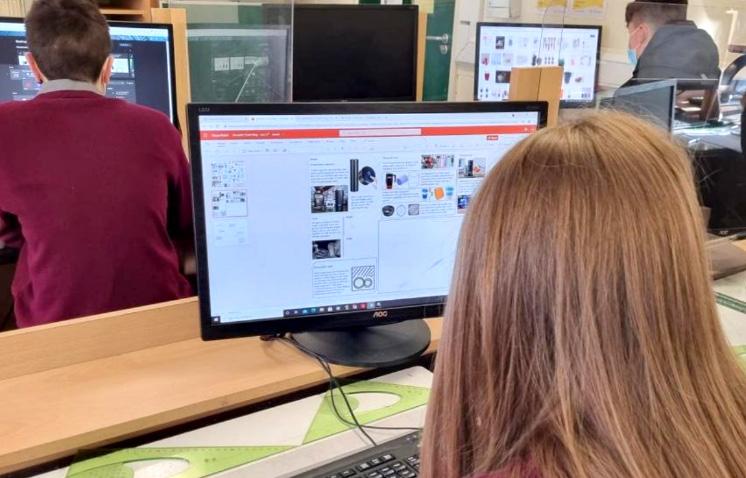
The Junior Cycle Graphics Specification consists of three strands:
Final Exam
• One 2-hour paper
• Taken at Common level
• Worth 70% of overall grade
• CBA 1 - Communicating through Sketching
Classroom-Based Assessments
• CBA 2 - Graphical Presentation Skills
• Students complete a project set by the SEC after CBA 2 in 3rd Year. Worth 30% of overall grade

The Junior Cycle Business Studies specification aims to stimulate your interest in the business environment and how you interact with it. It develops skills, knowledge, attitudes and behaviours that allow you to make informed and responsible decisions with all of the resources available to you, ensuring your own, and society’s well-being, while becoming more self-aware as a learner.
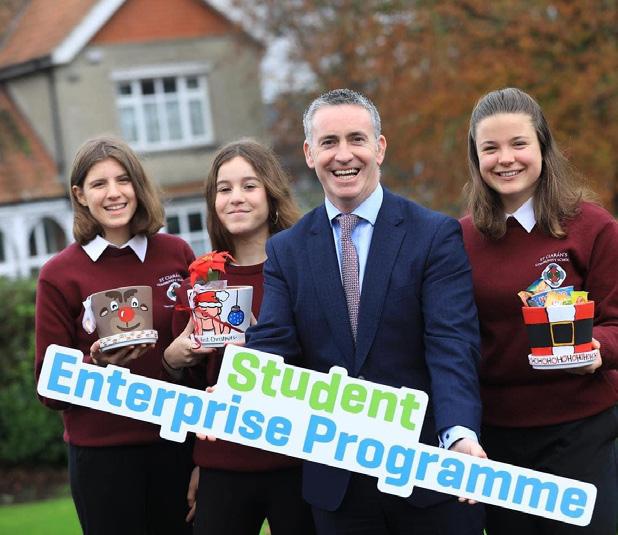

Business Studies encourages students to develop an appreciation of how people’s lives are shaped by economic and social factors. You are enabled to make informed decisions, to better manage your personal financial resources and to be adaptable, creative and enterprising. Business studies also improves knowledge and understanding of good business practice and of business as a productive activity. Three subjects follow on from Junior Cycle Business Studies at Senior Cycle: Accounting, Business, and Economics. Each one becomes more specific and allows you to concentrate more on the subject area you choose. If you wish to study any of these subjects for the Leaving Certificate, it would be advantageous for you to have studied Junior Cycle Business Studies.
The Junior Cycle Business Studies Specification consists of five strands:
• One 2-hour paper
Final Exam
Classroom-Based Assessments
• Taken at Common level
• Worth 90% of overall grade
• CBA 1 - Business in Action
• CBA 2 - Business related Presentation
• Students complete a specified written reflection task which is sent to the SEC for marking. Worth 10% of overall grade
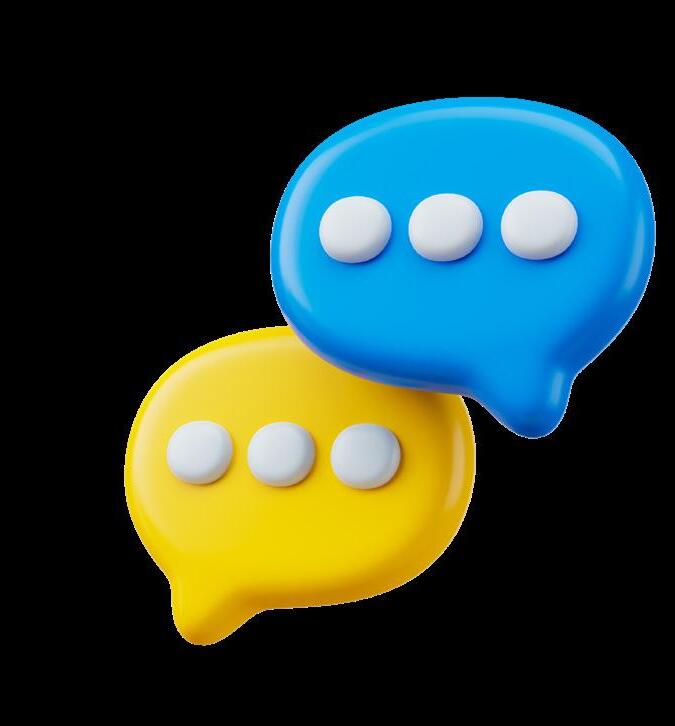
St. Ciarán’s offers two separate Modern Foreign Languages: French & German of which students may pick one. The Modern Foreign Languages Specification sets out clear expectations for students across three integrated strands of MFL
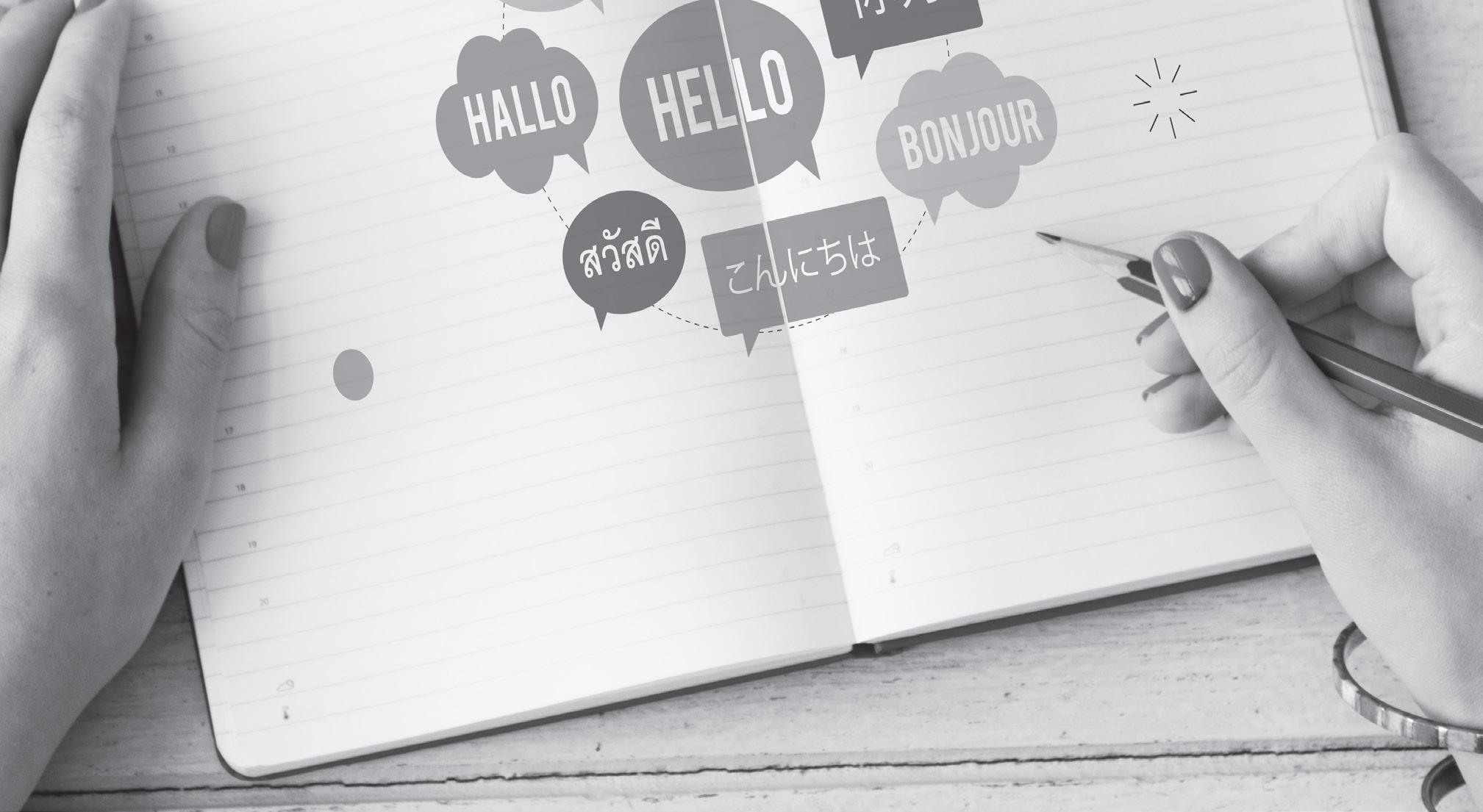
How will Modern Foreign Languages be useful to me?
You will find modern languages useful in your personal life for travelling and in many careers including tourism, catering, education, business and translation services.

The Junior Cycle Modern Foreign Languages Specification consists of three strands:
Communicative Competence Language Awareness
Final Exam
Classroom-Based Assessments
Socio-Cultural Knowledge and Intercultural Awareness
• One 2-hour paper (including aural)
• Taken at Common level
• Worth 90% of overall grade
• Aural component worth 35% of overall grade
• CBA 1 - Business in Action
• CBA 2 - Business related Presentation
• Students complete a specified written reflection task which is sent to the SEC for marking. Worth 10% of overall grade
